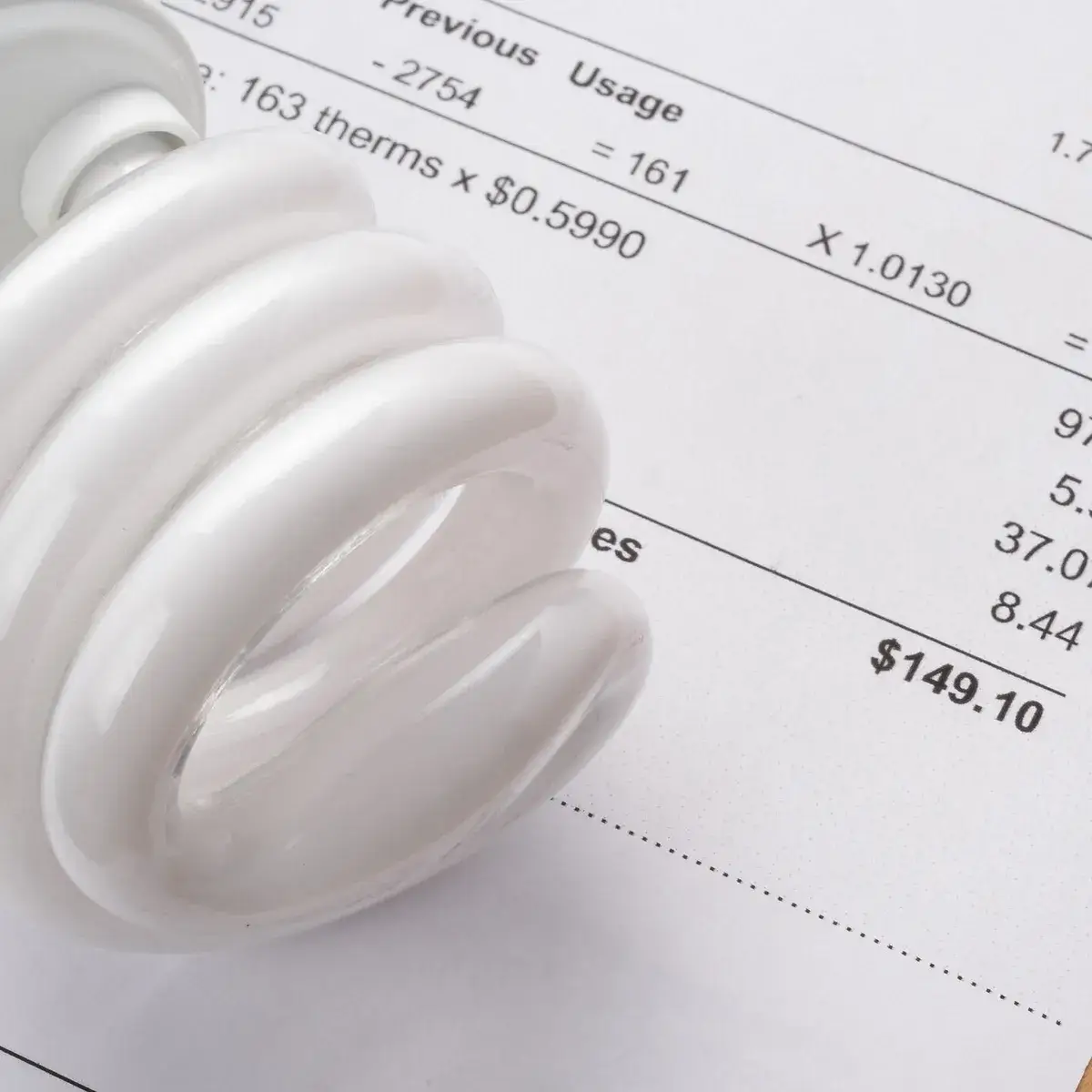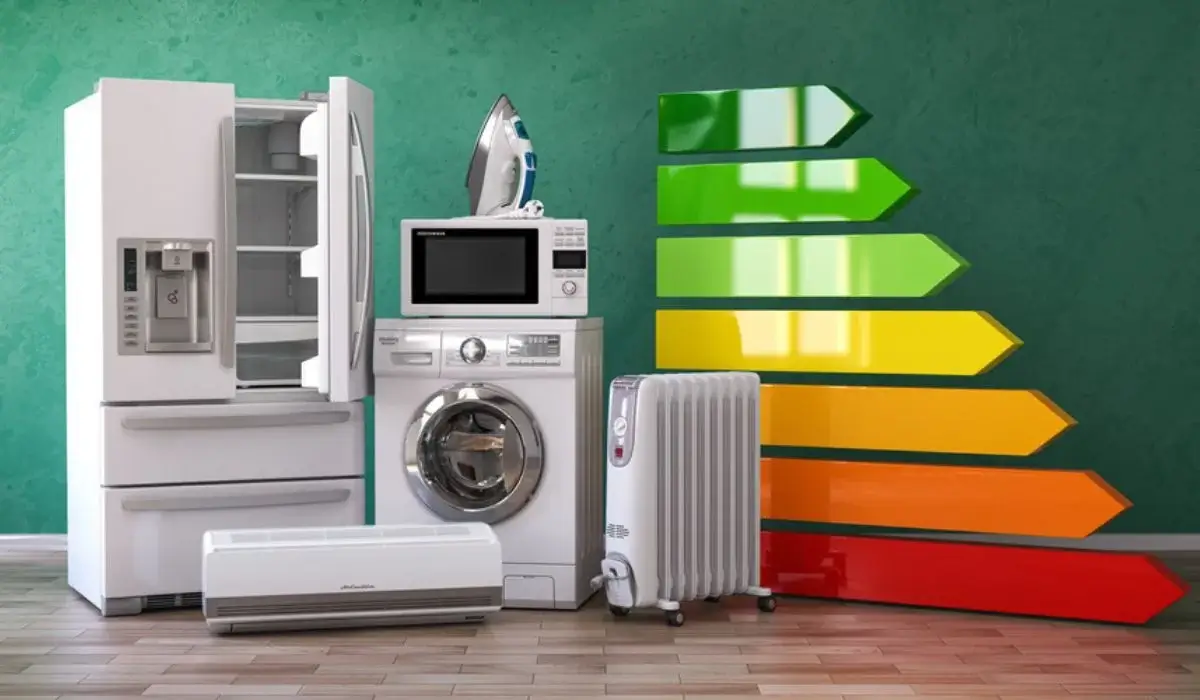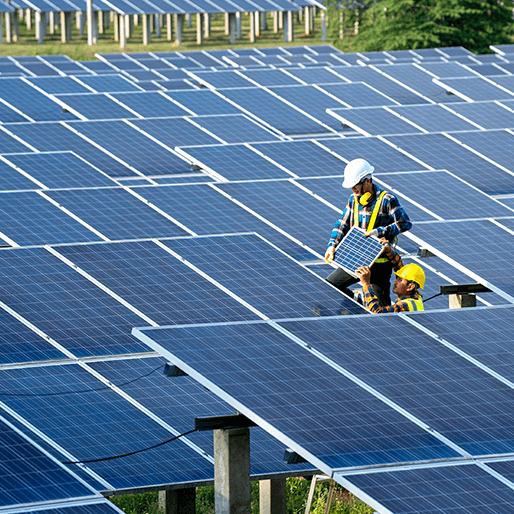A familiar consequence of the Australian summer is the inevitable surge in household electricity costs. Higher temperatures often prompt a drastic climb in energy consumption, with an increasing reliance on air conditioning, refrigeration and other cooling appliances. Consequently, homes all over the country watch as their electricity bills reach record highs annually.
However, in the technology-driven society we live in, there is hope for relief from these costs. Technological advancement now offers homeowners effective measures to combat excessive energy costs, particularly during the peak of summer. These technologies aim to improve energy efficiency in various aspects of daily life, leading to lower power costs without compromising on comfort. This comprehensive article will take an in-depth look at how technologies like smart metres, energy-efficient appliances, solar power, tech-enhanced cooling solutions and smart home systems can significantly cut your summer electricity bills.
Understanding Your Energy Usage with Smart Metres and Understanding Your Current Electricity Bill

Smart metres form the bedrock of energy-saving measures in the modern home. These advanced devices go beyond the scope of traditional electricity metres, tracking your household energy consumption in real-time, providing comprehensive insights into your energy usage patterns, and helping you understand your current electricity bill. Awareness of the energy-intensive appliances and habits in your home can be pivotal in driving down electricity bills.
In an Australian context, numerous households have recorded noticeable savings on their electricity bills, having adopted smart metres. To fully utilise the potential of these devices in energy management, it is essential to choose the one most suited to your specific requirements. Top-tier smart metres offer detailed energy usage reports and seamless integration with your smartphones or other digital devices, visualising your energy use in an understandable format.
Additionally, understanding your current electricity bill is crucial for leveraging the data offered by smart metres. Your bill typically breaks down your charges into several components, including:
- Energy usage: This is the cost based on the amount of electricity you consume, measured in kilowatt-hours (kWh).
- Distribution charges: These cover the cost of delivering electricity to your home.
- Metering charges: These cover the cost of maintaining and reading your metre.
- Other charges: This category might include taxes, environmental fees, or other miscellaneous charges.
By analysing your bill alongside your smart metre data, you can pinpoint areas where you can reduce your energy consumption and save money. You can identify peak usage times, energy-guzzling appliances, and potential inefficiencies in your home energy systems. Armed with this knowledge, you can make informed decisions about optimising your energy usage and lowering your electricity bills.
Investing in Energy-Efficient Appliances

Energy-efficiency is a significant attribute to look out for when procuring household appliances, adorning the appliances that have been engineered to offer top functionality while utilising the bare minimum of energy. In an energy-conscious world, the worth of these appliances cannot be overstressed.
The summer months, notorious for high energy bills, offer the perfect opportunity to observe the efficiency of these appliances in action. For instance, energy-efficient refrigerators, designed with top-notch insulation and temperature contingent compressors, culminate in considerable annual savings when compared to their traditional counterparts. Therefore, energy ratings should be a primary factor under consideration during appliance purchases. Ratings follow a simple logic; the more the stars, the lesser the power consumption.
Harnessing Solar Energy through Technology
 The relevance of solar energy as a potential electricity cost saver is well recognised worldwide. Solar panels transform sunlight to electricity, making your home self-sufficient and, in certain situations, enabling excess power sale back to the grid. The Australian government has also prioritised solar energy, offering rebates and incentives that substantially cut down on the cost of solar panel installations.
The relevance of solar energy as a potential electricity cost saver is well recognised worldwide. Solar panels transform sunlight to electricity, making your home self-sufficient and, in certain situations, enabling excess power sale back to the grid. The Australian government has also prioritised solar energy, offering rebates and incentives that substantially cut down on the cost of solar panel installations.
While the initial investment may seem intimidating, a closer examination reveals these systems as financially beneficial in the long haul. The principal idea to focus on is the consistent savings that count towards a sizable recoupment of the installation investment, shielding users from fluctuating energy costs.
Using Tech-enhanced Cooling Solutions

Air conditioning is undeniably the greatest contributor to soaring electricity bills in the summer. Technological advancements have provided viable solutions to this conundrum, introducing smart cooling systems, such as thermostats that learn your habits and optimise cooling schedules accordingly.
A key plus-point of these systems is their compatibility with existing infrastructures. While there is an initial investment, the long-term savings associated with reduced energy consumption make these cooling solutions a cost-effective way to combat the summer heat.
Implementing Smart Home Systems for Maximum Efficiency

Another groundbreaking feat of modern technology is smart home systems. These setups interconnect devices around your home, creating a network that collaborates for optimal energy consumption. Features like automatic light control based on occupancy, temperature regulation based on your preferences, and smart appliances that run on low power modes during idle times are just a few ways these systems can result in considerable savings on your electricity bills.
The variety in these systems ensures there is a fit for every budget. Irrespective of the initial costs, the projected savings make smart home systems a worthy investment for Australian households.
Conclusion
How can technology help lower your electricity bill this summer? From understanding energy consumption patterns through smart metres to the utilisation of energy-efficient household appliances, the potential is vast. Couple this with the abundant sunlight turned into solar power, tech-driven cooling solutions, and innovative smart home setups, and you have a robust strategy to combat the notorious summer power bills.
In conclusion, as we delve into the future and technology continues to evolve, we can look forward to more energy-saving innovations that maintain comfort while simultaneously reducing costs. There is no doubt; the journey towards a more sustainable, energy-efficient lifestyle is a rewarding one. We must all strive to make good use of technology not only to reduce costs but, more importantly, to conserve energy and protect our environment for future generations.
Alex Jordan
Related posts
Stay connected
- How LoveOn Chat Is Becoming the Most Versatile AI Companion for Digital UsersThe internet keeps shifting toward hyper-personal interaction, and AI companions are at the center of this shift. What used to be simple chatbots are now evolving into emotionally aware, adaptive, and multi-functional digital partners. Among the new generation of platforms, LoveOn Chat is becoming one... The post How LoveOn Chat Is Becoming the Most Versatile […]


